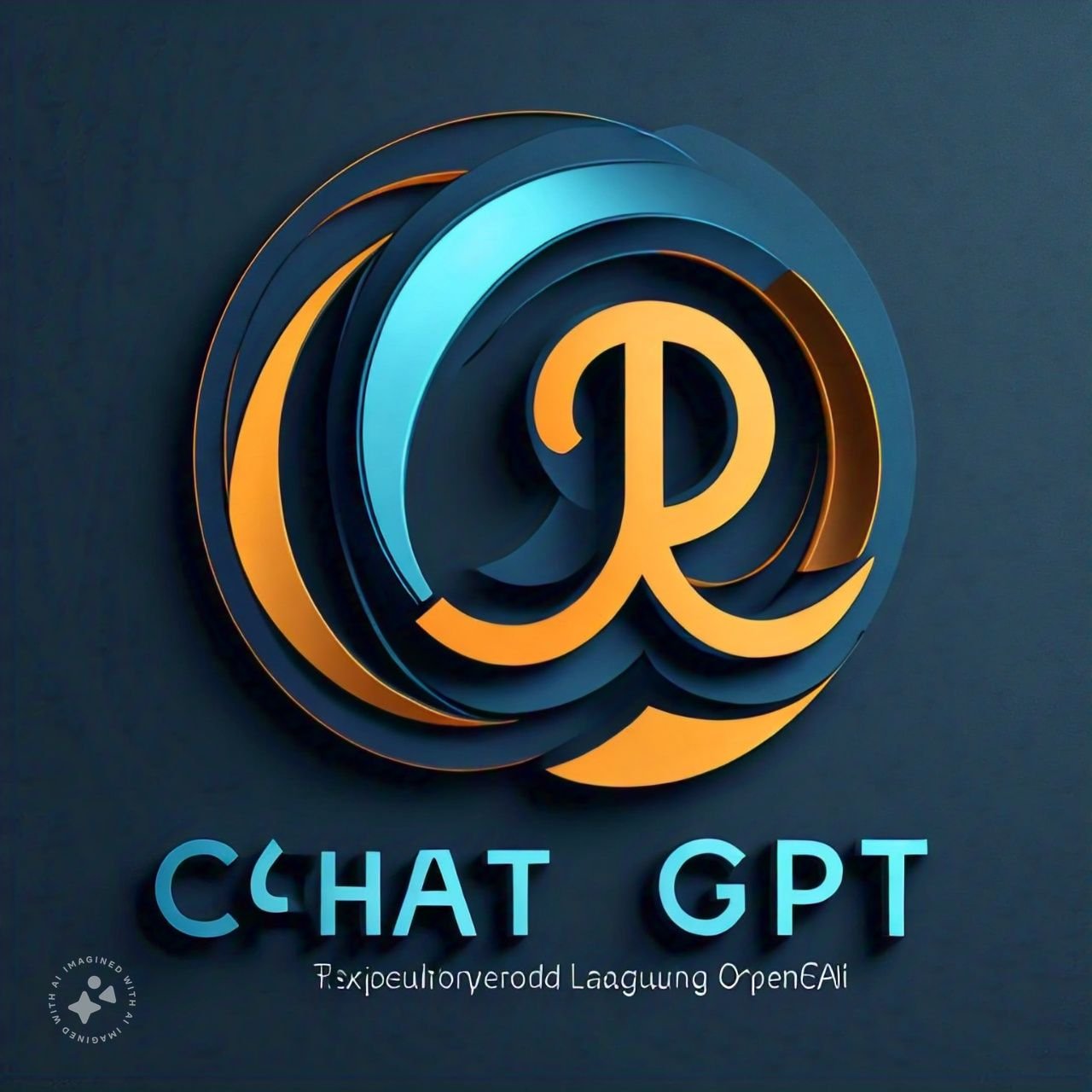Introduction
ChatGPT, developed by OpenAI, represents a significant advancement in artificial intelligence (AI) and natural language processing (NLP). As a conversational AI model, ChatGPT allows machines to understand and generate human-like text, facilitating engaging and informative dialogue with users. Since its launch, it has transformed various industries by offering innovative solutions for customer service, content generation, tutoring, and much more.
This article delves into the evolution of GPT, its technology, applications, impact, and the future potential of AI-driven conversational agents.
The Evolution of ChatGPT
The development of ChatGPT is part of a broader journey in AI research at OpenAI, starting with the creation of the “GPT” (Generative Pre-trained Transformer) models. GPT-3, the predecessor to ChatGPT, set the foundation for ChatGPT’s conversational abilities, leveraging a deep neural network trained on massive amounts of text data. It improved upon the limitations of earlier models by enhancing coherence, context understanding, and text generation.
The innovation behind ChatGPT lies in the transformer architecture, which enables the model to process and generate text in a way that mirrors human conversation. Transformers utilize self-attention mechanisms that allow the model to “attend” to different parts of a sentence or document, making it capable of understanding context over long sequences of words.
How ChatGPT Works
ChatGPT is powered by deep learning models that are pre-trained on vast datasets consisting of books, websites, forums, articles, and other publicly available text sources. It uses unsupervised learning during pre-training, meaning that it learns language patterns, grammar, facts, and common dialogue styles without explicit labeling of data. The next phase, fine-tuning, focuses on optimizing the model’s output based on human feedback, improving its response accuracy, safety, and engagement.
When a user inputs a prompt or a question, ChatGPT analyzes the context, generates relevant responses, and produces natural-sounding replies in real-time. The model’s ability to understand and generate meaningful text makes it versatile across a variety of applications, including:
- Conversational agents: Chatbots for customer service, technical support, or product inquiries.
- Content generation: Articles, blog posts, product descriptions, and marketing copy.
- Education and tutoring: Assisting students with explanations, problem-solving, and personalized learning.
- Creative writing: Helping authors with brainstorming, storytelling, and scriptwriting.
- Gaming: Creating dynamic non-player characters (NPCs) that interact with players in more realistic ways.
Key Features of ChatGPT
- Contextual Understanding: ChatGPT excels at maintaining the context of a conversation, allowing it to provide more accurate and context-aware responses in multi-turn dialogues.
- Versatility: The model can engage in a wide variety of topics, ranging from casual conversations to specialized discussions in fields such as medicine, technology, and history.
- Adaptability: ChatGPT can tailor its responses to the user’s tone, style, or level of expertise, whether speaking formally or informally, or explaining concepts at a beginner or advanced level.
- Multilingual Abilities: While English is the primary language, ChatGPT can also interact in several other languages, making it accessible to a global audience.
- Continual Learning: While the model is static and doesn’t learn from individual interactions in real-time, new versions of ChatGPT incorporate user feedback and updates to provide improved responses over time.
Applications of ChatGPT
ChatGPT has been integrated into numerous applications across various industries, making it a powerful tool for businesses, educational institutions, content creators, and developers.
1. Customer Support
One of the most common uses of ChatGPT is in customer service automation. Chatbots powered by ChatGPT can handle queries related to products, troubleshooting, billing, and services. The conversational nature of the model allows it to engage users efficiently, providing personalized support that often reduces the need for human intervention.
2. Content Creation
Content creation is another area where ChatGPT has proven incredibly useful. It can generate blog posts, social media updates, newsletters, and product descriptions, saving marketers and content creators valuable time. Writers and authors also use ChatGPT to brainstorm ideas, draft outlines, or overcome writer’s block.
3. Education and Tutoring
ChatGPT has become a popular tool for personalized learning experiences. It can assist students with a wide range of academic topics, helping them grasp difficult concepts, practice problem-solving, or even act as a language learning companion. The model’s adaptability to different subjects and its ability to provide real-time feedback make it an invaluable educational resource.
4. Programming Assistance
Developers have started using ChatGPT for coding-related tasks, including debugging, code suggestions, and explaining complex programming concepts. ChatGPT can even help with writing code snippets in various programming languages, which is a huge benefit for both beginners and seasoned professionals.
5. Healthcare Support
While not a substitute for professional medical advice, ChatGPT can assist in healthcare by answering general health-related questions, offering mental health support, and explaining medical terminology. The model can also be used to triage patients, direct them to appropriate services, or help them navigate healthcare systems.
Ethical Considerations and Challenges
Despite its impressive capabilities, ChatGPT faces several ethical and technical challenges.
1. Bias and Fairness
Since ChatGPT is trained on publicly available text, it can inadvertently learn and perpetuate biases present in that data. This has raised concerns about its responses to sensitive topics like race, gender, and politics. OpenAI has taken steps to mitigate these issues by incorporating bias mitigation techniques during training and fine-tuning phases. However, addressing bias in AI models is an ongoing challenge.
2. Misinformation
ChatGPT is not infallible, and sometimes it generates incorrect or misleading information, especially when asked about complex topics. It’s crucial to fact-check and verify the responses provided by ChatGPT, especially in fields like health, finance, or law, where accuracy is critical.
3. Over-reliance on AI
With the growing adoption of ChatGPT in various industries, there’s a concern about over-reliance on AI, potentially leading to reduced human oversight in customer service, education, or content creation. While AI tools like ChatGPT enhance efficiency, human expertise is still essential to ensure quality, ethical considerations, and creativity.
The Future of ChatGPT and Conversational AI
The success of ChatGPT is just the beginning of a broader revolution in conversational AI. As models continue to evolve, the potential for even more sophisticated and human-like interactions becomes increasingly feasible. Some areas of future development include:
- Enhanced Emotional Intelligence: Future iterations of conversational AI may better understand and respond to emotions, providing more empathetic and appropriate reactions in sensitive contexts.
- Personalization: AI-driven conversations could become even more personalized, tailoring responses based on users’ preferences, past interactions, or behavior patterns.
- Real-Time Learning: While ChatGPT currently doesn’t learn from individual conversations in real-time, future models might be capable of incremental learning, improving responses based on user feedback.
- Integration with Other Technologies: As ChatGPT continues to be integrated with other cutting-edge technologies such as augmented reality (AR), virtual reality (VR), and robotics, the lines between human and machine interaction will continue to blur. For instance, AI chatbots might become part of fully immersive virtual environments, guiding users through tasks or assisting in real-time simulations.
Conclusion
ChatGPT has revolutionized the way people interact with machines, providing seamless, human-like conversational experiences. From customer service and education to content generation and healthcare, its applications are diverse and transformative. As the technology continues to advance, conversational AI is poised to become an even more integral part of everyday life, enhancing the way we work, learn, and communicate.
While challenges remain, including addressing bias, misinformation, and ethical concerns, ChatGPT’s evolution highlights the immense potential of AI to reshape industries and drive innovation. With the ongoing advancements in AI research, we can expect even more sophisticated and dynamic conversational agents that will further revolutionize the digital landscape.

